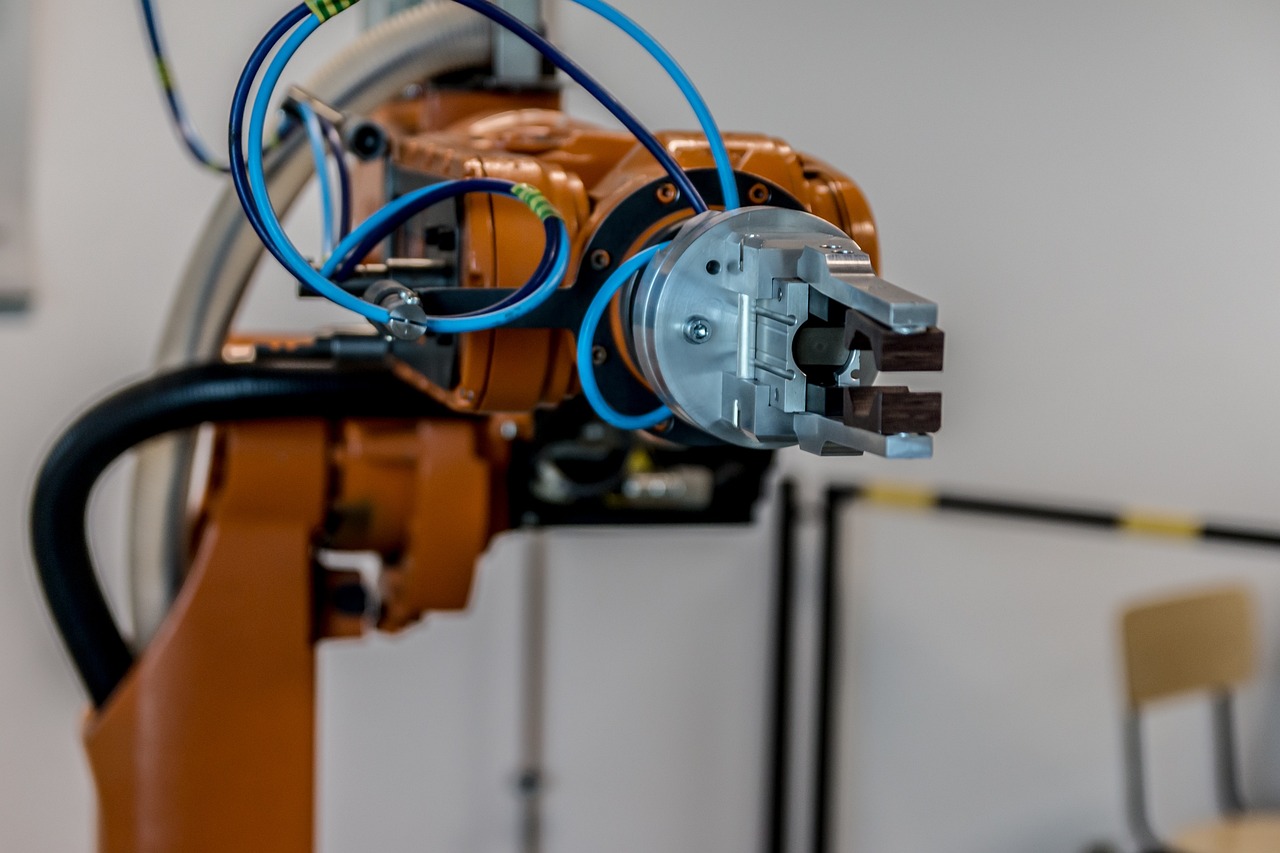Media release
From:
AI can boost brain–computer interface control
A brain-computer interface co-piloted by artificial intelligence (AI) could improve how people with paralysis complete tasks, according to a study published in Nature Machine Intelligence. This approach boosted the performance of a participant with paralysis by almost four times in tasks such as moving a computer cursor or operating a robotic arm.
Brain–computer interfaces allow users to control devices using brain signals, but they are often inaccurate and unreliable. Many everyday actions are goal-driven and follow predictable patterns, such as using a computer or picking up objects. AI copilots could help to improve user control by interpreting intent and assisting with movement.
Johannes Lee and colleagues created a non-invasive brain–computer interface system that can read brain activity through electrodes and use machine learning to improve movement control. The interface featured two AI copilots: one that helps to guide a computer cursor and another that assists with robotic arm tasks using visual input. When testing the interface with the AI copilots, a participant with paralysis of the legs from a spinal cord injury achieved a 3.9-times-higher performance in controlling a computer cursor than without assistance from the AI copilot. Participants without paralysis experienced a 2.1-times-improved performance after the AI was engaged. Likewise, the participant with paralysis was able to control a robotic arm to move coloured blocks to specified targets, which was not previously possible without AI support.
This shared control model could make brain–computer interfaces more practical and effective for everyday use, and as AI systems improve, they may help users perform more complex tasks with greater ease. Lee and colleagues note that although results are promising, more work is needed to adapt the system to different users and environments.



 International
International


